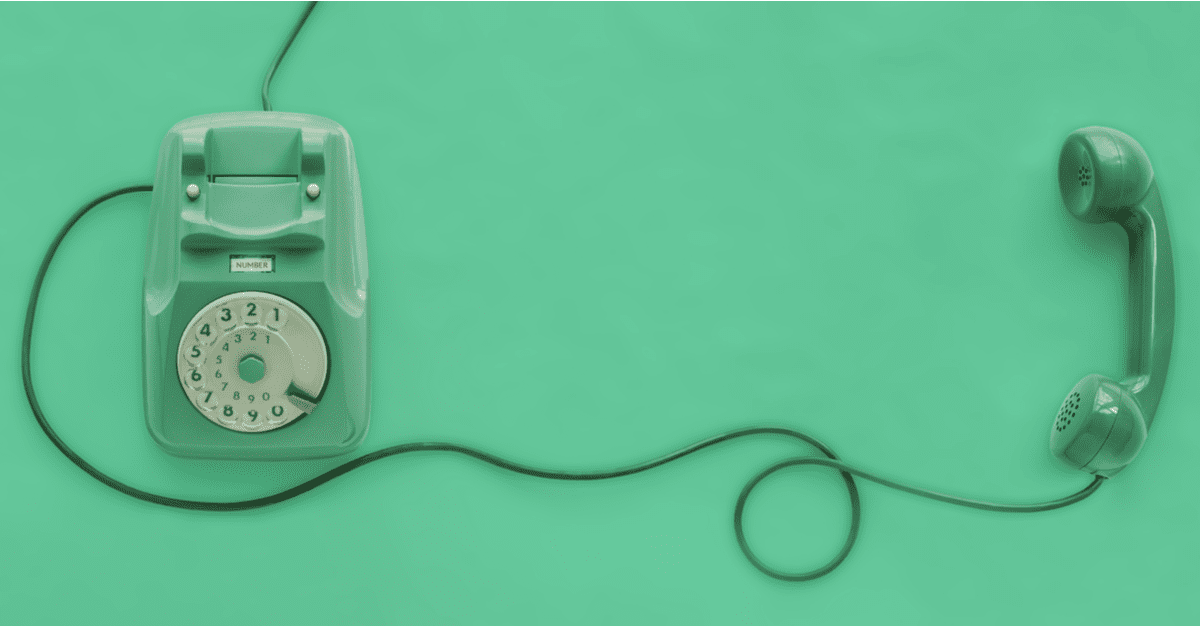
Every Call is an Opportunity- Avoid the Voicemail Maze
Written By: Richard F. Libin
During business hours, unplug the automated answering system. Answer phones the old-fashioned way.
Consumer frustration with automated telephone systems, call screening, and poor telephone skills are at an all-time high. So high, in fact, that there are web sites that rate the telephone service provided by a wide range of companies, and arm consumers with ways to beat their systems. Making it difficult for callers to reach a human does more harm than almost any other issue. This frustration causes more callers hanging up, calling back or simply giving up.
The lessons for businesses:
- Customers don’t want to be forced to navigate voice mail labyrinths.
- Automated systems must be simple to understand and used sparingly.
Many businesses invest in an automated telephone service believing they will expedite call handling and route the caller to the right department quickly and seamlessly: “For sales, press 2.” All believe they reduce expenses by eliminating the need for an operator. Yet if a caller gets lost in the system he or she often gets transferred to a general purpose mailbox, hangs up in frustration, or worse, gets disconnected. Instead of creating a customer-friendly environment, the dealership gets a massive problem.
The Human Touch
During business hours, unplug the automated answering system. Answer phones the old-fashioned way.
Companies whose phones are manned by an employee consistently receive higher marks in consumer surveys. Customers calling a business want to talk to a person, not a machine. Every call should be answered by a telephone greeter or by the individual being called. If the individual is unavailable, the phone should be routed to the telephone greeter until they are accessible.
Once a call is answered, the telephone greeter should quickly identify the business and determine the caller’s need.
- If the caller is trying to reach a specific individual or department, transfer the call to the extension or page to get a live response.
- If the caller isn’t sure, find out the reason for the call, identify the right person/department, tell them, and transfer the call.
In all cases, if the individual being called is unavailable (at lunch, in a meeting), the telephone greeter should give the caller options: take a message, transfer to voice mail, or locate someone who can help.
The receptionist should never screen the call. When a customer calls, he or she can often be put through an interrogation, only to end up in an impersonal voicemail. For example:
“Who is calling?” “Is he expecting you?” “Are you a customer?” “What is this regarding?” “Perhaps a sales person (or another department) can help you?” “I’ll transfer you to his voice mail.”
In reality, the salesperson was probably unavailable. To the caller, it seemed like the salesperson didn’t want the call. When someone asks for a salesperson or a manager they should get one – immediately and without qualification. Never ask for the customer’s name and then tell them the person they want is not in.
Making Automated Systems Work
It is possible to create automated telephone systems, which satisfy callers when a person isn’t available: when a line is busy or after hours. In these cases, automated systems allow callers to go directly to the individual they are trying to reach using direct dial or an extension. Remember, the telephone is a sales tool. The following are essential in creating an automated system that promotes positive communication.
- Avoid Unnecessary Details: The system should start with a simple greeting that identifies the organization. Never include clichés: Your call is important to us… or unnecessary details that waste the callers’ time. Instructions should be clear, concise, and correct, and allow callers to interrupt bypass prompts.
- Give the Caller Options: If a caller reaches an individual’s voice mail during business hours, they should always be given the option of dialing “0” or saying “operator” to reach a human.
- Keep In Touch: Call-forward each sales person’s office telephone to their cell phone so calls aren’t missed. Put every phone number on the salesperson’s business card – main number for the business and the salesperson’s direct line, cell, home, and pager numbers – to make them easily accessible.
- Allow for Mistakes: No call should ever be disconnected or sent to a general mailbox due to caller errors (i.e. no key presses, invalid key selections).
- Make Messages Matter: Callers should have the option to leave a message and request a call-back at a specific time. Messages left during business hours should be returned minimally within 30 minutes. Messages left after hours should be the first priority the next business day. If a caller requests a call back at a specific time, honor the request.
Attempting to force callers to use automated systems or put up with call screening, ends up costing the businesses both money and potential customers. Every business is a sales organizations and every call is an opportunity. Well-honed, personal telephone etiquette will ensure that a customer’s first contact is not their last contact.
About the author
Richard F. Libin
Richard F. Libin has written two acclaimed books that help people of all walks…
Get FREE Sales Training Delivered to Your Inbox
Join more than 360,000 professionals who get our weekly newsletter.
Related Articles

Learn Online
Self-paced courses from the
world's top sales experts

Virtual Training
Live, interactive instruction in small
groups with master trainers

Coaching
One-to-one personalized coaching
focused on your unique situation






